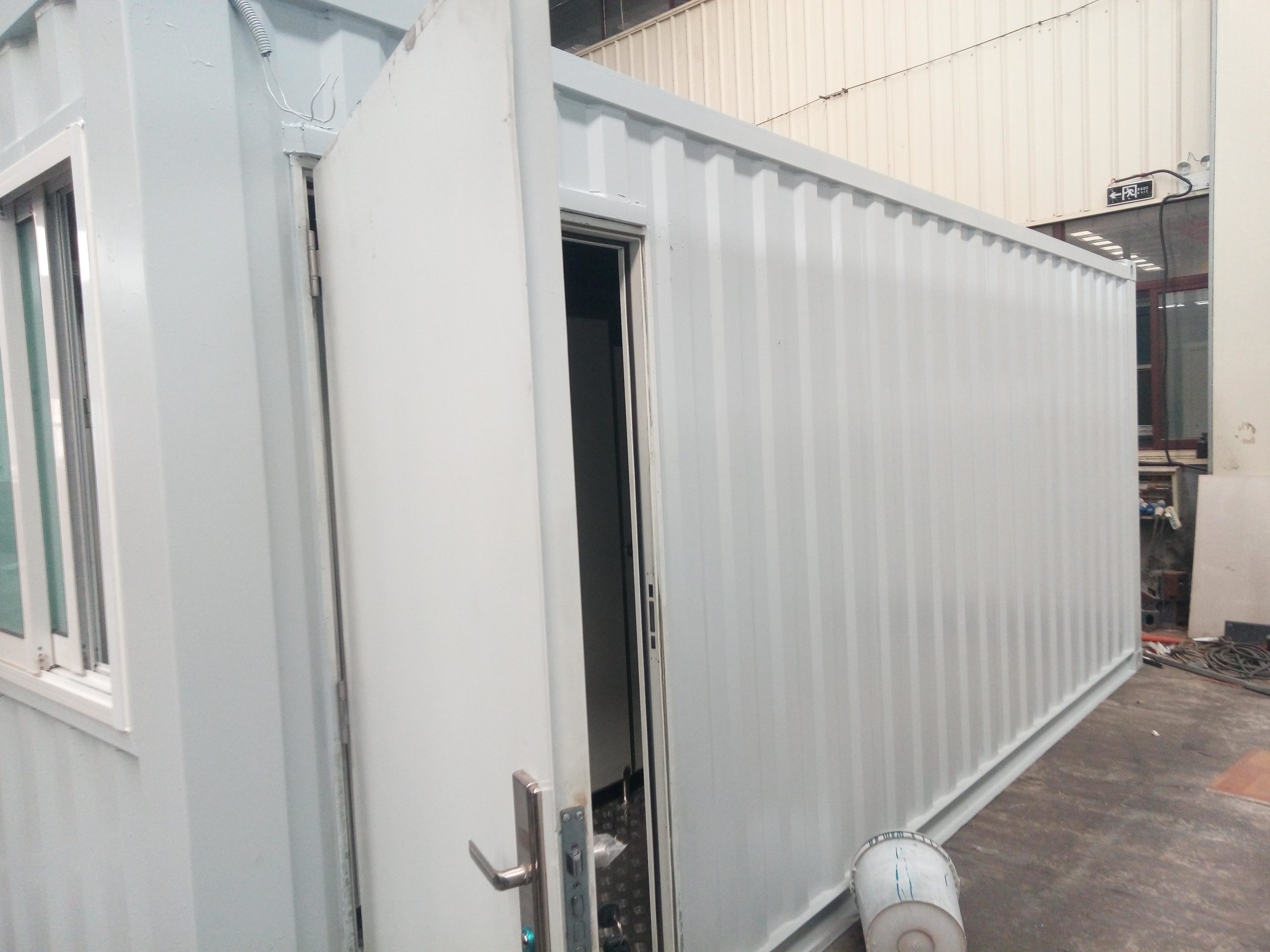What is the function and principle of seismic support in structural engineering?
Table of Contents
Benefits of Seismic Support in Structural Engineering
Seismic support plays a crucial role in structural engineering, especially in regions prone to earthquakes. The function of seismic support is to provide stability and resistance to buildings and structures during seismic events. This support system is designed to absorb and dissipate the energy generated by an earthquake, thereby reducing the risk of structural damage and collapse.
One of the key principles of seismic support is to ensure that a building can withstand the lateral forces and ground motion caused by an earthquake. This is achieved through the use of various components such as base isolators, dampers, and bracing systems. These components work together to distribute the seismic forces evenly throughout the structure, preventing concentrated stress points that could lead to failure.
Base isolators are one of the most common components used in seismic support systems. These devices are placed between the foundation of a building and the ground, allowing the structure to move independently of the ground motion during an earthquake. By isolating the building from the shaking ground, base isolators help to reduce the impact of seismic forces on the structure, thereby minimizing damage.
Dampers are another important component of seismic support systems. These devices are designed to absorb and dissipate the energy generated by an earthquake, reducing the amount of force transmitted to the building. Dampers can be passive or active, with passive dampers relying on materials such as steel or lead to absorb energy, while active dampers use sensors and actuators to actively control the building’s response to seismic forces.
Bracing systems are also essential for providing seismic support to a structure. These systems consist of diagonal braces or shear walls that are strategically placed throughout the building to resist lateral forces. By connecting different parts of the structure together, bracing systems help to distribute seismic forces and prevent the building from collapsing under the stress of an earthquake.
Overall, the function of seismic support in structural engineering is to enhance the resilience and safety of buildings in earthquake-prone areas. By incorporating components such as base isolators, dampers, and bracing systems, engineers can design structures that are better equipped to withstand the forces of an earthquake. This not only protects the occupants of the building but also reduces the risk of costly repairs and reconstruction in the event of a seismic event.
In conclusion, seismic support is a critical aspect of structural engineering that helps to ensure the safety and stability of buildings in earthquake-prone regions. By understanding the principles of seismic support and incorporating the necessary components into building design, engineers can create structures that are better equipped to withstand the forces of an earthquake. This not only protects the building and its occupants but also helps to minimize the impact of seismic events on communities and infrastructure.
Principles of Seismic Support Design in Structural Engineering
Seismic support plays a crucial role in structural engineering, especially in regions prone to earthquakes. The function of seismic support is to provide stability and resistance to a building or structure during seismic events. This is achieved through the design and implementation of various support systems that can absorb and dissipate the energy generated by an earthquake.
The principle behind seismic support design is to ensure that a structure can withstand the forces exerted on it during an earthquake. This involves analyzing the potential seismic hazards in a particular area and designing support systems that can mitigate the effects of these hazards. The goal is to prevent structural failure and minimize damage to the building and its occupants.

One of the key principles of seismic support design is to ensure that a building is flexible enough to absorb the energy generated by an earthquake. This can be achieved through the use of flexible materials and structural elements that can bend and deform without breaking. By allowing the building to move with the seismic forces, the risk of structural failure is reduced.
Another important principle of seismic support design is to ensure that a building is properly anchored to its foundation. This involves using strong and secure connections between the building and the ground to prevent it from shifting or collapsing during an earthquake. Anchoring the building to its foundation helps to distribute the seismic forces evenly throughout the structure, reducing the risk of localized damage.
In addition to flexibility and anchoring, seismic support design also involves the use of damping systems to dissipate the energy generated by an earthquake. Damping systems can include devices such as shock absorbers, dampers, and isolators that absorb and dissipate the seismic forces, reducing the impact on the building. By incorporating damping systems into the design, the overall stability and resilience of the structure can be improved.
Furthermore, seismic support design also considers the importance of redundancy in structural systems. Redundancy involves incorporating multiple layers of support and reinforcement into a building to ensure that even if one system fails, there are backup systems in place to prevent catastrophic failure. This can include redundant bracing, shear walls, and other structural elements that provide additional support and stability during an earthquake.
Overall, the function and principle of seismic support in structural engineering are to ensure the safety and stability of buildings and structures during seismic events. By designing flexible, anchored, and damped systems with redundancy in mind, engineers can create structures that are resilient and able to withstand the forces of an earthquake. Through careful analysis and design, seismic support systems can help to protect buildings and their occupants from the devastating effects of earthquakes.







